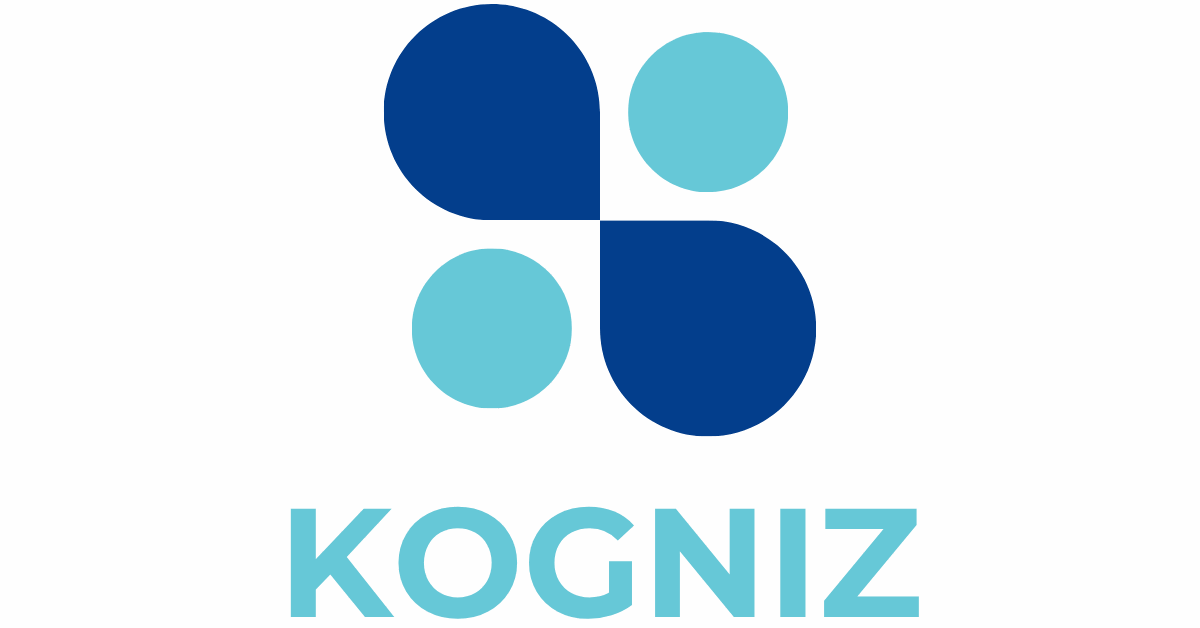On a recent Friday, a Bay Area support team lead posted a role that didn’t require a degree or direct SaaS experience—just proof you could reduce response times and keep a CRM clean. Within hours, applicants with “two years experience” in similar roles were competing with candidates who attached live dashboards, ticket macros, and a 90-second walkthrough showing how they cut backlog by half. The hiring manager advanced the demo-first candidates.
That scene reflects a broader shift. Employers are moving from pedigree to proof. In 2025, almost two-thirds of early-career employers say they use skills-based hiring to identify candidates, according to NACE’s Job Outlook 2025 Spring Update. And a research report from LinkedIn’s Economic Graph finds that skills-first screening can expand certain talent pools several-fold; for AI roles, the skills-based pool is roughly six times larger than the traditional “previous job” pool globally, with the U.S. showing a similar pattern (LinkedIn, March 2025). The takeaway: outcomes you can show often beat years you can claim.
Table of Contents
ToggleSkills-first is winning the hiring argument—here’s the proof
Employers are formally loosening degree filters. In June, SHRM reported that about one in four companies plan to drop degree requirements for some positions by year-end 2025 (SHRM,June 2025). Early-career employers confirm the shift: nearly two-thirds report using skills-based hiring in 2025, and the share using GPA screens continues to fall, according to NACE.
Skills-first isn’t just a fairness play. It’s a capacity play. LinkedIn’s 2025 analysis shows skills-based methods dramatically expand the candidate pool for in-demand roles, and can also improve representation outcomes in certain fields (LinkedIn Economic Graph). For employers, advocates like Grads of Life point to reduced time-to-hire and lower cost-per-hire when teams switch to demonstrated skills and standardized assessments (Grads of Life, 2025). For you, that means a strong portfolio can offset limited experience—if it proves real, market-aligned outcomes.
What “portfolio signals” beat years of experience
Think of three proof types:
● Shipped artifacts: A live SOP, macro library, charter, or dashboard someone can click.
● Measurable outcomes: Before/after numbers tied to time saved, errors reduced, or
leads qualified.
● Live demos: A concise screen-share showing your process and result.
Why these win: Recruiters increasingly triage by signals that map directly to job tasks. LinkedIn’s recruiting outlook stresses skills evidence over job titles as AI accelerates screening (LinkedIn, Future of Recruiting 2025). A macro that cuts handling time is a stronger, faster signal than “support intern.”
Pick a lane: translate target job ads into a skills map
Collect 5–10 postings for one role (e.g., “Project Coordinator” or “Operations Analyst”). Highlight repeating tasks and tools. Cluster them into 4–6 competencies—your portfolio’s spine.
Example (Project Coordinator): “stakeholder updates,” “backlog grooming,” “meeting cadence,” “risk tracking,” “basic Excel/Sheets,” “ticketing hygiene.” For each cluster, define one artifact and one outcome metric (e.g., “RAID log that surfaces 10 risks; two mitigated within 14 days”).
Build a “skills backlog” from postings
Turn your clusters into a six-week micro-project plan:
● Week 1–2: Draft one SOP or charter; set baselines.
● Week 3–4: Build one automation/macro or template; ship to a live space (Notion, GitHub,
Google Drive with public view).
● Week 5–6: Add a simple dashboard; record a 90-second demo.
Scope each item with a metric you can control: minutes saved per ticket, defect rate per 100 records, or publish-ready assets per week. Keep every artifact small enough to finish in 7–10 hours. This cadence mirrors how PMO and Ops teams ship incremental value.
Portfolio patterns by role (non-tech friendly)
Below are plug-and-play patterns that map to entry-level hybrid/remote roles where proof beats tenure.
Operations / SupportArtifacts:
● Tier-1 SOP with decision tree and escalation rules.
● Three ticket macros (acknowledge, troubleshoot, close).
● CRM hygiene checklist and a one-page data-entry standard.
Metrics to target:
● “First response time reduced by 35% in a 50-ticket pilot.”
● “Data entry errors cut from 7% to 2% across 200 records.”
Worked example: Ship a macro set and show before/after averages from a sandbox or community help forum (e.g., a 50-ticket sample). Tie each macro to a common issue. Managers care because these improvements translate directly to SLA adherence and CSAT.
PMO / Project Coordination
Artifacts:
● One-page project charter with goals, scope, success metrics, and stakeholders.
● A four-sprint backlog with user stories and acceptance criteria.
● A RAID log (risks, assumptions, issues, dependencies) with weekly status updates.
Metrics to target:
● “Weekly variance on milestones improved from ±5 days to ±2 days after instituting RAID reviews.”
● “Stakeholder update open rates >60% over four weeks.”
Worked example: Run a mock two-month initiative (e.g., “Onboarding ops refresh”). Publish your weekly standups and decision log. The cadence is the proof.
Content & Data Ops
Artifacts:● SEO content brief (query targets, competitive outline, internal links).
● Spreadsheet dashboard that tracks input (drafts), throughput (edits), and output (publishes).
● Taxonomy audit that normalizes tags/categories.
Metrics to target:
● “Turnaround time from draft to publish reduced from 10 to 6 days.”
● “Tag duplication cut by 40% after audit; 300 articles re-labeled.”
Worked example: Pick a small site (club, campus org, nonprofit). Do a taxonomy cleanup, then show before/after counts and a new style guide. Publish a one-page summary with a chart.
How to Make Outcomes Measurable (Even Without Employer Data)
When you lack proprietary data, use proxy metrics and transparent assumptions. Time your own tasks, run pilots on public or synthetic datasets, or use small, real-world samples (e.g., 200 rows, 50 tickets). Add a short “Metrics Notes” line stating source and sample size.
This aligns with employers’ push toward standardized skills evidence and assessments that travel across candidates (Grads of Life). Recruiters aren’t expecting access to a former employer’s dashboard; they need clean, credible numbers.
The A+T+S+O bullet formula
Write bullets with Action + Tool + Scope + Outcome:
● “Automated triage (Action) in Zendesk (Tool) across a 50-ticket pilot (Scope), cutting first response time 35% (Outcome).”
● “Built KPI dashboard (Action) in Google Sheets (Tool) for 8 posts/week (Scope), reducing editorial lag by 4 days (Outcome).”
Use this pattern in your portfolio and résumé. It’s scannable by humans and parsable by filters recruiters deploy as they increase skills-based screens (LinkedIn 2025).
ATS-ready structure for a skills-first résumé
Lead with a short Summary that names your target role and anchor skills (the clusters you mapped). In Experience, promote your 2–3 strongest projects as real entries, each with 2–3 A+T+S+O bullets and a live link. Add Skills grouped by your clusters (e.g., “Workflow & SOPs,” “Backlog & QA,” “Dashboards & Reporting”).
If you’re starting from scratch or need to re-format quickly, use a resume builder to align headings, export to PDF, and keep consistent spacing—small structural flaws can break ATS parsing.
Convert coursework into role-ready bullets
Rename academic deliverables with market verbs and add scope/time-to-value:
● “Created defect triage process (Trello + Sheets) across 3 sprints; defect leakage fell from 12 to 5 per sprint.”
● “Authored onboarding SOP (4 pages) used by 12 peers; shadow-to-independence time dropped from 10 to 6 days.”
Treat capstones, labs, or volunteer work like client work. The framing—tools, scope, time, outcome—is what passes the filter.
Show you can work hybrid: collaboration proofs
Hybrid teams solve for clarity and reliability. Add three proofs:
● Async updates: A weekly status post (date, goals, blockers, next steps).
● Decision log: A one-pager that records options, chosen path, and why.
● 90-second demo: A concise Loom/Zoom recording that shows your artifact and metric.
These show you can deliver without constant supervision—critical for distributed entry-level roles.
The 90-second demo script
Keep it tight:
1. Problem: “Our first response time was 12 hours.”
2. Role: “As support intern, I built macros.”
3. Artifact: “Three macros tied to the top issues.”
4. Metric: “Pilot on 50 tickets cut first response time to 7.8 hours (-35%).”
5. Ask: “I’d apply the same playbook to your Tier-1 queue; what’s your current average?”
Record screen-first. Avoid tiny text. End with your email on screen.
Portfolio packaging checklist
For each project page:
● Clear title and 1-sentence goal.
● Links to artifact (SOP, macro, dashboard).
● 2–3 A+T+S+O bullets.
● One chart or screenshot of the metric.
● 90-second demo link.
● “Metrics Notes” line (source, sample size, time span).
Where to publish your proof
Host artifacts on a simple site (e.g., Notion or GitHub Pages). Add the best two to your LinkedIn Featured section with “Outcome: X → Y” in the caption. On your résumé, place a tiny thumbnail or icon next to each project title so hiring managers can scan and click. Link a short vanity URL under your name.
Borrow credibility: validated skills signals
Pair each project with a short, low-stakes validation—an assessment, micro-credential, or timed task. Employers are leaning on consistent skills evidence because it reduces risk and cost (Grads of Life).
The point isn’t brand worship; it’s reinforcing your proof with one external check.
Pair each project with one validation
Keep each validation ≤8 hours so momentum stays high:
● Operations: a customer support cert or a timed macro-writing assessment.
● PMO: a fundamentals micro-course with a graded RAID exercise.
● Content/Data Ops: a short analytics or SEO assessment with a pass score you can
share.
Outreach with proof: the mini-case email
Subject: “Cut Tier-1 response time 35% on 50-ticket pilot—60-sec demo inside.”
Body: Two outcome bullets (with A+T+S+O phrasing) and one sentence on how you’d apply the playbook to their stack. Include the demo link and your portfolio page. This format respects time and earns quick intro calls.
Pitfalls that tank credibility
● Over-claiming: Keep numbers tied to a clear scope and timeframe.
● Leaking data: Use public, synthetic, or permissioned datasets; redact screenshots.
● Vague verbs: “Helped with” says nothing. Use “built,” “automated,” “standardized,”
“reduced,” “shipped.”
● Tool sprawl: A few tools you know beat a dozen logos you don’t.
Add a “Metrics Notes” line on each project to preempt questions.
30-60-90 Portfolio Sprint
Days 1–30: Pick a lane, map skills, and ship two small projects (one artifact each + demo).
Days 31–60: Ship two more projects; add one validation per project; start weekly outreach with
mini-case emails.
Days 61–90: Promote the top two projects into your Experience section; tighten bullets; iterate based on interview feedback; run an ATS scan and fix keyword gaps. Before applying broadly, run an automated screen to catch missing keywords and formatting snags—use a resume checker to flag ATS issues and broken links so your portfolio passes the first gate.
Bottom line: In a market that’s relaxing degree requirements but raising the bar on proof, your edge is a tidy trail of artifacts, numbers, and short demos. Translate job ads into a skills map, ship small, measure credibly, and package it so a busy hiring manager can see the signal in under two minutes. Do that four times in 90 days, and “no experience” stops being a deal-breaker.





